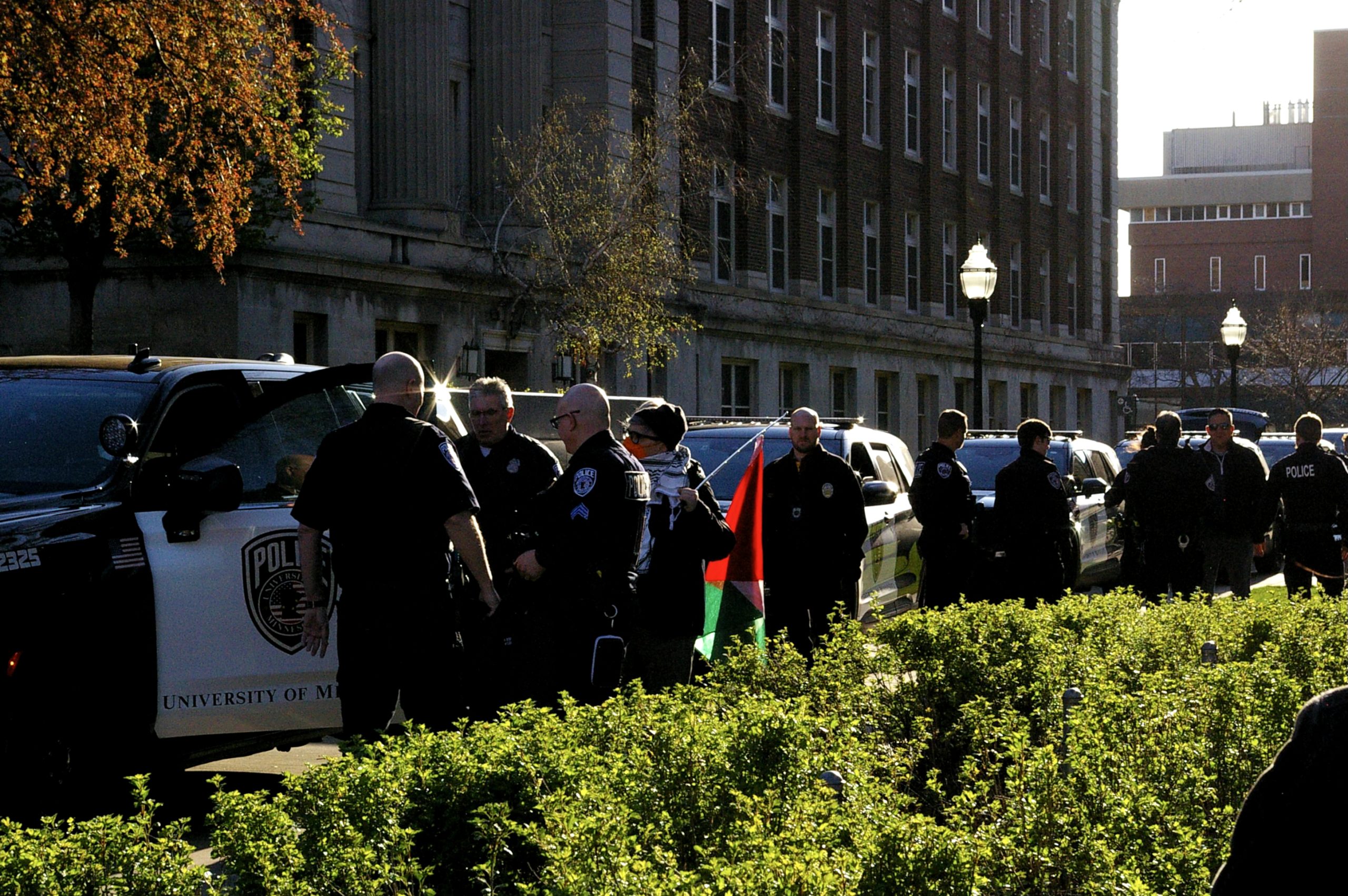Even though it seems as if politicians are solving the crime problem, they are unsure of how they are doing it. Despite the falling crime rate, 83 percent of Americans can expect to be a crime victim at least once in their lifetime.
Perhaps in response to the public’s awareness of the danger of firearms — 91 percent of Americans feel there should be at least minor restrictions on gun ownership — major party candidates Al Gore and George W. Bush agree on many policy measures governing gun control.
Both the vice president and Republican Texas governor support the current ban on assault weapons and would prohibit the importation of high capacity ammunition clips. The presidential hopefuls would also require trigger locks on all handguns, a policy that would cost $650 million.
Locking mechanisms would be worthwhile regardless of the cost. Critics who claim it would not curtail violent offenders are correct, but trigger locks might have saved many of the 140 children killed from accidental gunshot wounds in 1996.
Bush’s record — under fire from various liberal critics — reveals his often tough policies on gun crimes. For example, the Texas governor cracked down on juveniles who commit felonies with firearms by mandating jail time for minors carrying a gun. Bush also toughened penalties on adults who knowingly sold lethal handguns to children.
An individual’s education level clearly correlates with criminal behavior. In 1991, only 34 percent of state prison inmates were high school graduates. Nearly 20 percent quit school before the 10th grade. Politicians should discuss education reform in detail when they address crime-prevention plans.
Green party candidate Ralph Nader proposes implementing educational and social programs to curb street violence. Some candidates champion the more traditional methods of law enforcement and prevention — stern punishment and stiff jail terms. The consumer advocate, however, believes that the strong economy and low unemployment are the primary reasons for the decrease in violence. The crime rate has dropped steadily in the last two decades according to a 1996 National Crime Victimization Survey.
But while violent crime has decreased, drug offenses have soared. President George Bush initiated the War on Drugs during his term in the late 1980s. More than 270,000 people are now imprisoned on drug charges, a marked increase from 48,000 at the start of the controversial drug war. Candidates such as Nader and the Libertarian Harry Browne claim that the $17 billion annual drug war is ineffective and costly.
Recent innovative drug treatment programs promise to save federal tax dollars and drastically lower recidivism rates. Many presidential candidates, including Gore and Nader, have proposed treatment programs for inmates. Only 4 percent of offenders continue to use drugs after completing a treatment program, compared to 45 percent of nonviolent criminals imprisoned without counseling or medical options. Regardless of whether strict prison sentences deter nonviolent drug users, an effective policy should expand treatment services for addicts.








